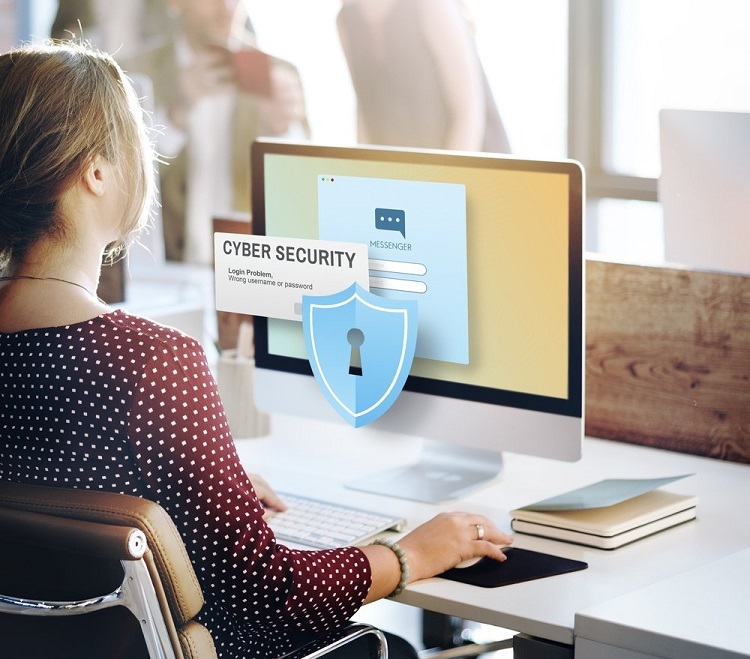Having your identity stolen is the worst thing ever. It not only jeopardizes your identity, but also your bills, online accounts, and bank accounts. Identity theft means someone has stolen your personal information and is using it to commit a crime.
This can happen from something as simple as a utility bill or weak password. Do you suspect you’re a victim of identity theft? The signs can be subtle but are definitely strange.
The most common sign of identity theft is noticing a missing bill from your mail or any other important mail piece like bank statements. It can also be caught by getting a strange bill, a medical bill you know nothing about or going through your credit card or bank statements and noticing weird transactions or unknown bank withdrawals you don’t remember making.
Then there are the very piercing warnings like being accused of robbery, fraud or worse crimes. You must take action now before it goes on any further.
So the real question we should be asking ourselves is “how do I recover my identity?”
- Apply for an Identity Theft Report:
The first step towards recovering your identity is notifying the authorities. Contact the Federal Trade Commission (FTC) at 1(877) 438-4338 or go to their website, file an ID theft complaint and fill out an affidavit form. Once you’re done, you’ll get a recovery plan. Print out your forms and then head to your local Police department.
- Report to the Police:
It is vital to notify the Police right after you’ve finished your identity theft report. This will alert the local law enforcement and keep you on the safe side if any crimes are done under your name.
Remember to be very detailed and mention all the information you know in the report then give them a copy of your identity theft report. You can follow up with the Police for any updates on your case.
Now that the authorities are in the picture, do you just wait? No, absolutely not.
- Contact Creditors and Banks:
Once you have your identity theft report, you need to make a list of all your creditors and send them a copy of the report. This will prevent them from reporting any fake transactions to credit agencies.
You can ask them to show you documents for the fraudulent transactions that were done and give them to the Police to help with their investigation and catch the thief early on.
- Request a Credit Report:
Go to annualcreditreport.com to get a free copy of your annual credit report or you can contact one of the main three credit bureaus (Equifax, Experian, and Transunion) for it.
What is a Credit Report?
A credit report shows your credit history, everything and anything on your financial background. Details like all paid & unpaid bills, any loans, the amount of money in your accounts and more.
Go through your credit report thoroughly for anything fishy. Keep an eye out for fake new accounts, loans you never applied for, employment history that isn’t yours, unknown bank transactions, or anything else suspicious.
After you’ve pulled out all the errors, contact the credit bureaus directly to fix them all using your identity theft report. Take note of your unique account number because this will make it easier to follow up on any progress.
- Place a Fraud Alert on your Credit Report:
While you have them on the line, after working on fixing your errors on your credit with the credit bureaus, request a fraud alert on your credit. This means no one will be able to access your credit without your approval making it hard for anyone to steal from your accounts or create fake accounts under your name.
The fraud alert lasts up to 90 days until you get everything sorted out. However, you can extend it up to 7 years for an extra measure of security and lessen the chances of this happening again.
For full restriction and confinement on your credit, you can apply for a credit freeze. This will either be free or around $10 per credit bureau but will confirm all your accounts are well secured and protected from creditors.
- Change all your passwords:
Change all your online account passwords to stronger and better passwords. Avoid using any personal info that can be used against you. A hacker can easily figure out things like your birthdate, social security number or name if they’re referred to in your password.
- Extra Precautions:
If your identity was stolen through your social security number, you must immediately report it to the Office of the Inspector General at oig.ssa.gov/report-fraud. If you lost your driver’s license or received any strange tickets, report it to the DMV and apply for a new number. If you’re a victim because of uncared for mail or missing utility bills contact the Post Office, utility companies, and government entities and notify them.
How to prevent this from happening again?
- Don’t give out your social security number. Never give out your social security number over the phone or by email. Be sure you always trust who you’re giving it out to.
- Be careful online. Creating strong passwords and staying on secured websites, especially while shopping online can go a long way with identity theft.
- Use a Virtual Mailbox. Having your mail sent to a secure online mailbox is safer than having it sent to your physical mailbox. All important bills or credit card and bank statements will be sent to you directly on your phone without ever falling into the wrong hands.
A virtual mailbox comes with many features like a shredding option where you can request any critical mail to be shredded immediately. Go now to PostScan Mail to get your 30-day free trial and enjoy your unique mailbox.
- Keep a close eye on statements. Never disregard your monthly credit card or bank statement. You must always go through the transactions and verify them to catch and prevent anything suspicious instantly.
Once you recover your identity, follow these few tips to keep yourself protected. Identity predators and hackers target consumers that aren’t well guarded and even those who have experienced identity theft before, thinking they’re an easy target.
As long as you’re on top of your mail, are smart online and don’t easily give out personal info, your identity will always be yours.









